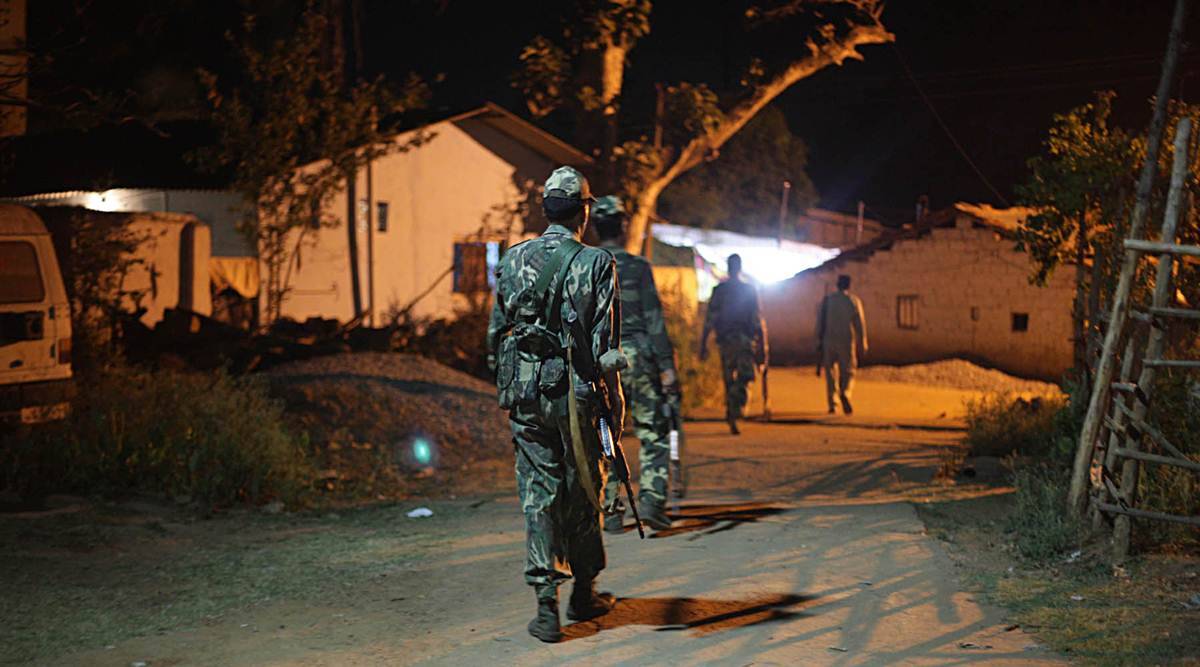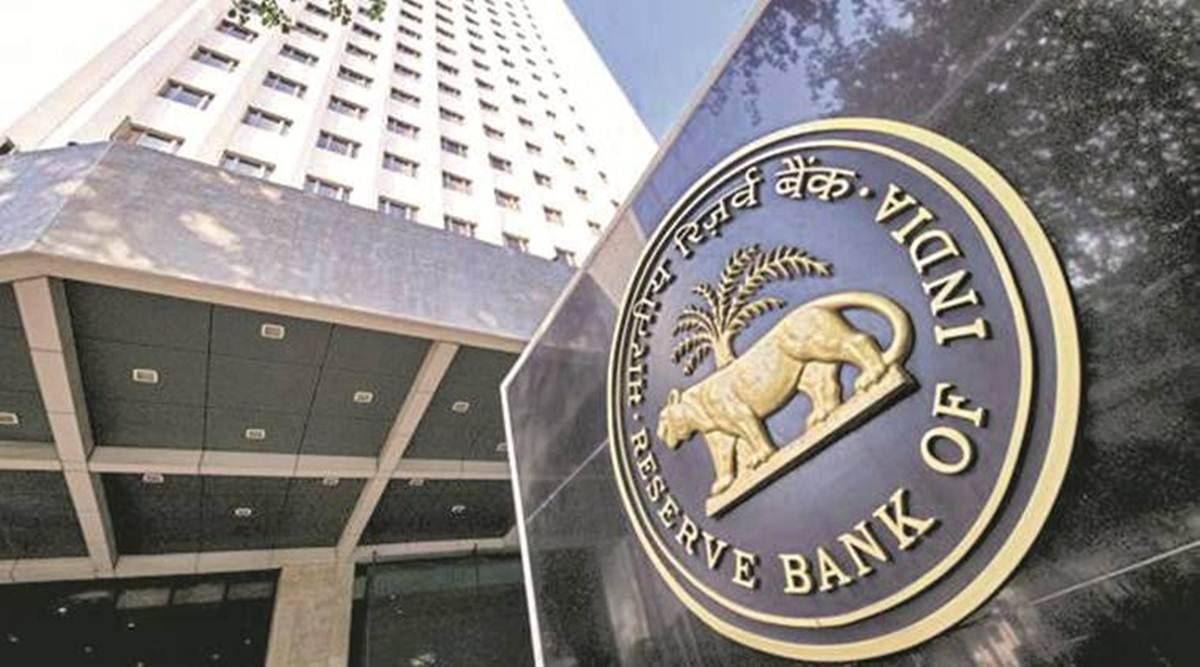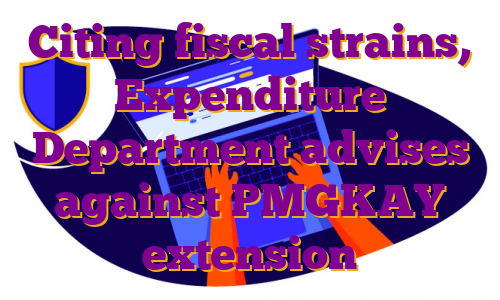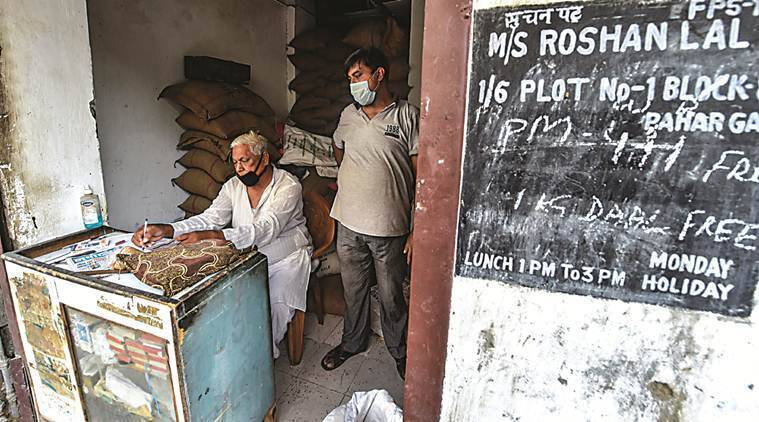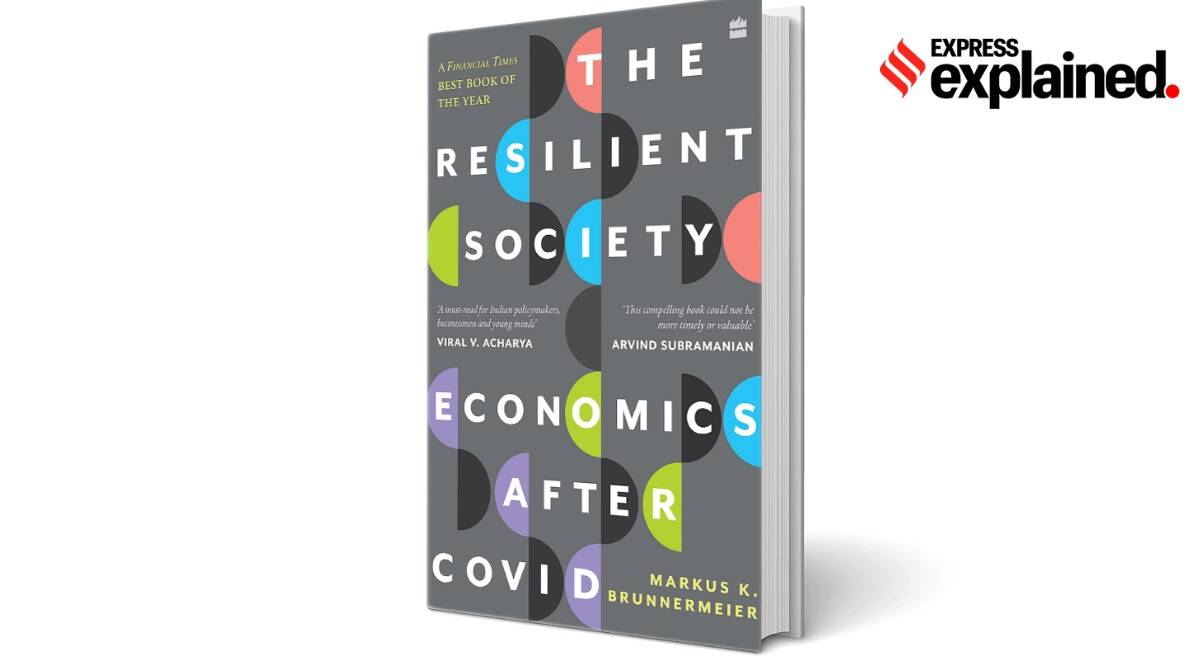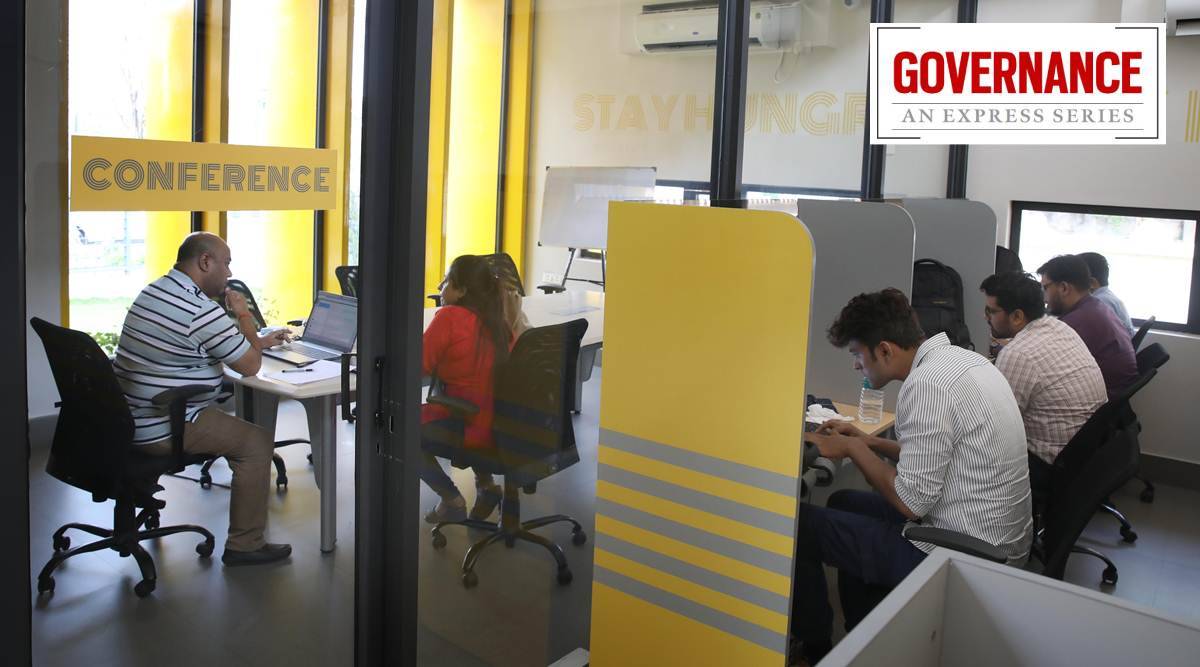IMPOSING A penalty of Rs 5 lakh on the main petitioner, the Supreme Court on Thursday rejected a petition seeking a CBI probe into alleged torture and extrajudicial killings by the Chhattisgarh Police and Central forces during anti-Maoist operations in Dantewada in 2009. The court said the investigation indicated that Maoists, and not the security forces, were responsible for the “alleged massacre”.
A bench of Justices A M Khanwilkar and J B Pardiwala said “the filing of charge sheets at the conclusion of the investigation into the various FIRs” lodged in connection with the alleged incidents “would indicate that the alleged massacre was at the end of the Naxalites (Maoists)”.
It said: “The materials collected in the form of the charge sheets substantiate the case put up by the respondents that the villagers were attacked and killed by the Naxalites. There is not an iota of material figuring in the investigation on the basis of which even a finger can be pointed towards the members of the police force.”
The court said: “…we have reached to the conclusion that no case, worth the name, has been made out by the writ petitioners for any further investigation, much less through an independent agency to be appointed by this Court”.
The bench imposed an “exemplary” cost of Rs 5 lakh on the main petitioner Himanshu Kumar to be submitted within four weeks failing which authorities can take appropriate steps for recovery. Kumar had told the court that he ran an NGO, Vanvasi Chetna Ashram, in Dantewada.
Pointing out that “prima facie… false information was given by the first informants to the police as regards the alleged massacre”, the court left it “to the State of Chhattisgarh/ CBI…to take appropriate steps in accordance with law…”
It said: “We clarify that it shall not be limited only to the offence under Section 211 of the IPC (false charge of offence made with intent to injure). A case of criminal conspiracy or any other offence under the IPC may also surface. We may not be understood of having expressed any final opinion on such action/ proceedings. We leave it to the better discretion of the State of Chhattisgarh/ CBI to act accordingly keeping in mind the seriousness of the entire issue.”
Referring to the petition, the bench expressed “surprise that the learned senior counsel appearing for the writ petitioners is absolutely oblivious of the fact that all the FIRs were investigated by the concerned investigating agencies and, at the end of the investigation, charge sheets came to be filed in different courts of the State of Chhattisgarh for the offences under the IPC like murder, dacoity, etc”.
The petition was filed on the alleged killing of 17 people in separate incidents in Dantewada on September 17 and October 1, 2009. Senior Advocate Colin Gonsalves had appeared for the petitioners — Kumar and family members of some of the local residents who were killed at the time.
The petitioners had alleged that Chhattisgarh Police, Special Police Officers (SPOs), activists of Salwa Judum (a vigilante group backed by the Chhattisgarh government) and paramilitary forces comprising CRPF and CoBRA Battalions were responsible for the alleged “brutal massacre”.
Acting on the Supreme Court’s direction, a District and Sessions Judge in Delhi had in 2010 recorded statements of the petitioners, other than Kumar, in the presence of an interpreter and Kumar.
Referring to them, the Supreme Court said “the statements of the petitioners Nos. 2 to 13 recorded before the Judicial Officer demolishes the entire case put up by the petitioner no.1 (Kumar)…”.
The judgement cited the statement of one of the petitioners, Soyam Rama, who said he “had run away from the spot” when the firing happened and “could not see as to who had opened fire” and that he “would not be in a position to identify” the assailants.
Pointing out that “all other statements of the rest of the writ petitioners are on the same line and footing”, the bench said “when we called upon Mr. Gonsalves to make us understand as to why his clients had to make such statements before the Judicial Officer, a very curious reply came from Mr. Gonsalves. According to Mr. Gonsalves, the entire mode and manner in which the statements were recorded by the Judicial Officer of the rank of District and Sessions Judge was absolutely incorrect.”
Newsletter | Click to get the day’s best explainers in your inbox
The bench said: “According to the learned senior counsel, specific questions ought to have been put by the Judicial Officer to each of the writ petitioners while recording their statements in accordance with the directions issued by this Court…”.
Referring to this, the Supreme Court bench said: “We are afraid, we are not in a position to accept such submission after a period of almost 12 years. The statements we are referring to recorded by the Judicial Officer are of the year 2010. Not once in the last 12 years any grievance has been made either orally or in writing before this Court as regards the mode and manner of recording of the statements. It is for the first time in 12 years that such a grievance has been made.”
In April, denying the allegations levelled by the petitioners, the Centre had urged the Supreme Court to direct a probe by a Central agency “to identify the individuals/ organisations who have been conspiring, abetting and facilitating filing of petitions premised on false and fabricated evidence…with a motive to either deter the security agencies to act against the Left Wing (Naxal) militia by imputing false charges on them or to screen off the Left Wing (Naxal) militia from being brought to justice by creating a false narrative of victimisation…”.
.


